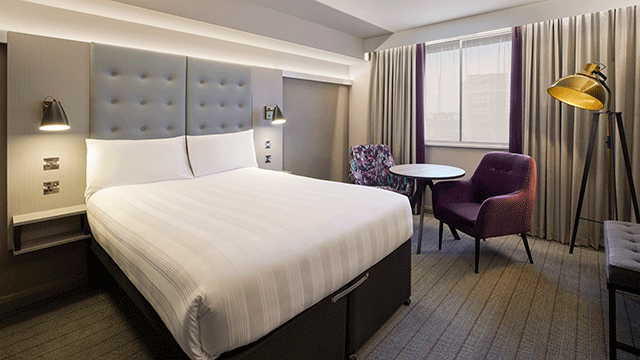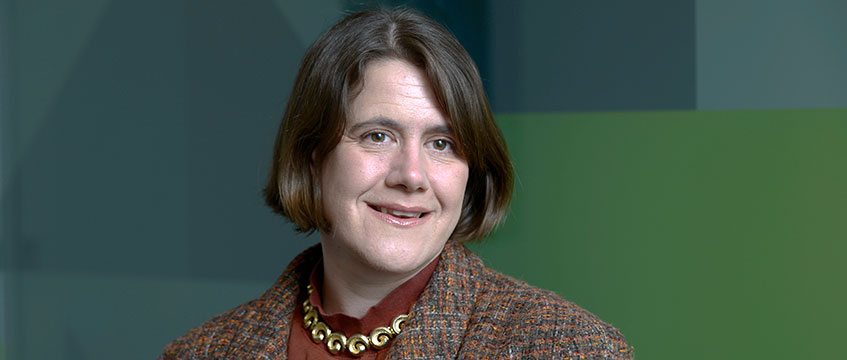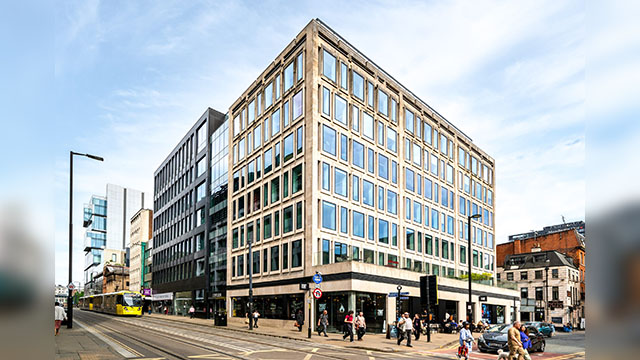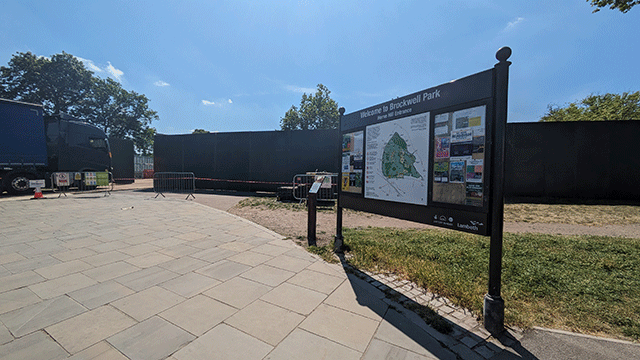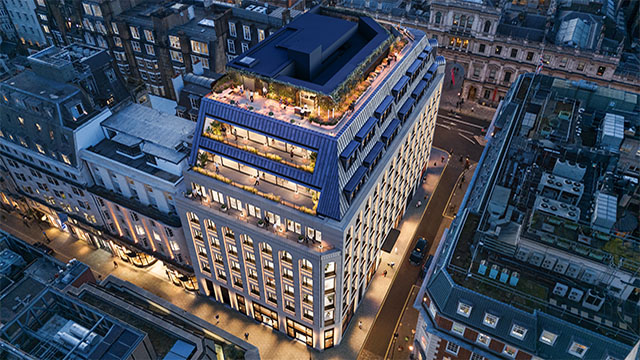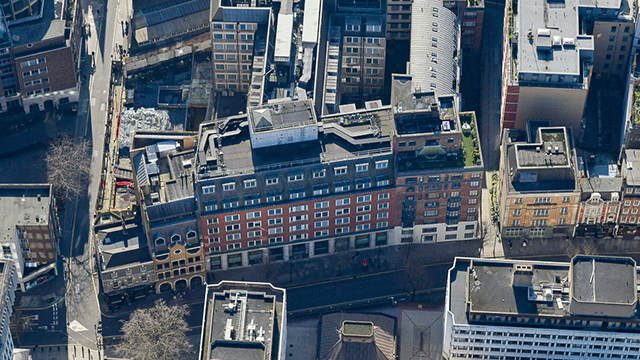COMMENT Commuters, tourists and shoppers returning to central Birmingham after the “stay at home regime” ends should not be surprised to find that construction activity has far from slowed.
The city’s tallest office building, 103 Colmore Row, completes this summer, the £700m Paradise redevelopment has moved into its next phase with approval of the world’s first pure octagon residential tower and 3 Snowhill has been finished. Transport and infrastructure projects, including HS2, Curzon Street station, expansion of the Midlands Metro and the renewal of Perry Barr for the Commonwealth Games, continue apace.
However, it’s not just contractors that have been busy over the past 18 months. Birmingham City Council’s latest draft regeneration plan – “Our Future City Plan: Central Birmingham 2040” – finished consultation in March 2021 and is destined to have a significant impact on the city’s future.
Capturing hearts and minds
The draft plan’s vision is ambitious and stretching. It captures hearts and minds, envisaging an equitable city where no one is left behind, a distinctive Birmingham which takes pride in the identity of local communities, a liveable city where homes and communities can be created and a green city with minimal impact on the planet.
Although the successor to highly influential plans drawn up in 1988 (Highgate Initiative) and 2010 (Big City Plan), which shaped the transformation of Birmingham from 1960s concrete, congestion and chaos to a smart, modern, investable city, there is a new and dramatic twist – a determined shift of emphasis away from the city core.
Residents and landowners in the city’s suburbs, including Ladywood, Newtown and Small Heath, should be genuinely excited, with the plan including areas that were previously largely ignored as landmark buildings were erected, squares created and public transport improved in the centre of the city, just out of reach. It’s a welcome move to share the benefit of Birmingham’s reinvention more equitably, but the big question will be whether the draft plan’s vision is achievable.
To help answer that question, it is worth looking back at how far Birmingham has come over the past 30 years. Surprising as it may seem, the now infamous ring road network, brutalist Central Library, original Bull Ring shopping centre and high-rise flats were all state-of-the-art and excitingly modern in the 1960s, but they quickly dated.
No one wanted to repeat the same expensive mistake, so in the 1980s and 90s the council focused on constructing a small cluster of landmark buildings intended to attract commerce and tourism – the NIA, the ICC and Centenary Square and new canal-side development Brindleyplace were born.
Slowly but surely, the “concrete collar” of the inner ring road loosened, key infrastructure such as New Street station was upgraded and the centre shifted eastwards (with Snowhill), to the south (with Millennium Point and Southside) and then westwards again (with Paradise). The current focus on “quarters” is working, with Digbeth the latest to undergo transformation, making now the logical time to widen the focus.
Holistic view
Regeneration isn’t just about new buildings, though – it needs to include other policies that fit around them. 20mph zones now cover most of Birmingham’s centre, and a new clean air zone was launched on 1 June to discourage the most polluting vehicles entering the city centre.
Work to enhance physical connectivity continues, with upgraded stations at University and Perry Barr, segregated cycle lanes and designated routes, an e-scooter hire scheme and the requirement for new developments to show pedestrian and cycle connections with their neighbourhoods and beyond.
Modern technology has been embraced, with the city becoming a test bed for 5G connectivity. There is the recent announcement of Goldman Sachs opening a new Birmingham office focusing on STEM. Throw in the city’s three fabulous universities and it shows that the city is heading in the right direction.
Consented developments, such as Stoford’s Typhoo Wharf, HUB’s scheme (with National Express) and Oval’s recently approved project for the iconic Custard Factory and surrounding land (all in Digbeth), already demonstrate that developers are willing to work with their existing communities.
These projects build on Digbeth’s distinctive industrial, artistic and more recent tech heritage. Oval’s scheme celebrates and allows the exploration of the industrial canal network and proposes turning the viaduct crossing the site into a publicly accessible sky garden – already exactly what the draft 2040 plan envisages.
Creating better living and working environments for a much larger proportion of the population benefits us all, whether we live, work, play or invest in Birmingham. It is reassuring, therefore, to see that there are solid foundations for the ambitious vision set out in “Our Future City Plan” and that strong progress is already being made.
So, while the big question of whether the plan’s vision is achievable remains, it is fair to say that, for now, the future of Birmingham truly is exciting.
Catherine Hood is a partner at Shoosmiths in Birmingham




